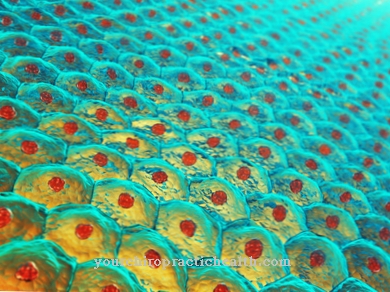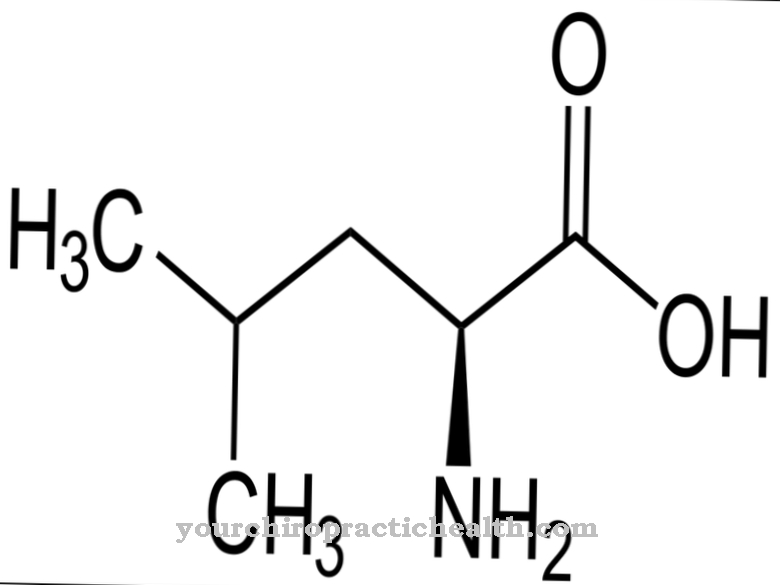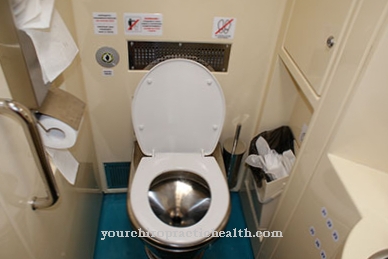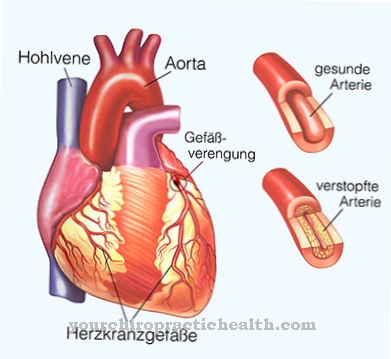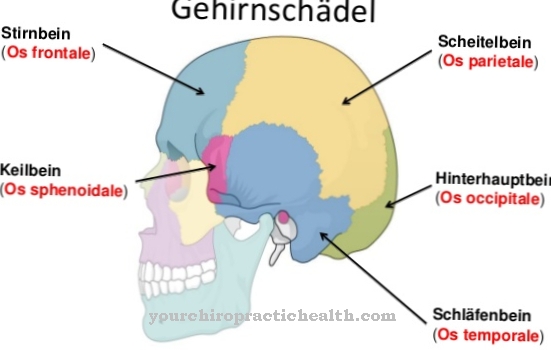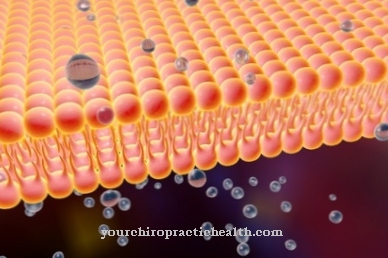Short stature, Short stature or Short stature are generally slang terms for Microsomia. Initially, it is not an independent disease, but it can appear as a symptom of many different diseases. However, it often results in further complaints in the life of those affected.
What is short stature?

© Patrick Hermans - stock.adobe.com
Around 100,000 people in Germany are considered to be of short stature. Often they are still marginalized and discriminated against in society today and do not get the same opportunities as "normal-sized" people.
As Short stature is a clearly limited body growth that falls below the norm, the appearance of which, thanks to ancient sculptures, can be traced back to ancient Egypt, almost 5000 years ago. Men are said to be short if they are no more than 1.50 m tall and women are no more than 1.40 m tall.
Some sufferers don't even measure a meter. The medical term is microsomia. Although pathological changes in the structure of the skeleton can lead to a very small body size, which in some cases can also fall below the limit of 1.50 m or 1.40 m, they are not referred to as short stature.
causes
Short stature can have various causes, but in most cases they limit the production of the growth hormone somatropin, which leads to a reduction in physical growth. In addition to a metabolic disease or an unhealthy lifestyle of the mother during pregnancy (smoking, alcohol or drug abuse), a brain tumor, a hormone disorder or defective genetic makeup can also trigger insufficient growth.
Researchers at the University of Leipzig recently identified a gene that causes short stature. However, it is not absolutely necessary that one of the two parents also suffers from short stature, as the gene can remain inactive for several generations.
Furthermore, even a disturbed social environment, such as a family that is not intact, can lead to delays in physical development and thereby cause short stature. Despite this multitude of triggers that have already been discovered, not all of them have yet been revealed. In total, experts suspect over 450 different causes of short stature.
Typical diseases
- Noonan's Syndrome
- Prader-Willi Syndrome
- Glass bone disease (osteogenesis imperfecta)
- Cat cry syndrome (Cri-du-Chat syndrome)
- cretinism
Symptoms, ailments & signs
Despite numerous causes, short stature (microsomia) cannot be viewed as an independent disease. The short stature itself is not a symptom. It is a consequence of diet-related, idiopathic, intrauterine, metabolic, chromosomal, endocrine or dysplasia-related conditions. The short stature does not always have to result in physical complaints.
Nevertheless, due to their genetic disposition, short people can suffer from various ailments and symptoms that are associated with their short stature. Since there are different triggers for short stature, these must first be determined. In this way, possible complaints can be countered as early as possible. The complaints that occur vary from person to person.
In addition to emotional stress to which small people are exposed for life, hearing problems or deafness can occur as accompanying symptoms in achondroplasia-related short stature due to skeletal dysplasia of the mother. In addition, achondroplasia can lead to secondary symptoms such as age-appropriate joint wear and severe back pain. The idiopathic short stature occurs in families.
In short people, in whom the production of the growth hormone somatropin is disturbed, treatment with growth hormones in childhood can lead to a larger body size. If the short stature occurs as a result of a skeletal dysplasia such as osteogenesis imperfecta, the bones of those affected break easily. Doctors therefore also speak of glass bone disease. It is based on a disruption of collagen synthesis. This can lead to short stature and painful deformities in the skeleton.
Diagnosis & course
Info boxICD-10: Q77.4
Literature: Daum, D .: The little man !: Short stature or achondroplasia, 2013Short stature can be detected in infancy with close observation of the child. In around 5 percent of births with a normal course, the children are too small, but almost 90 percent of them make up for this deficit within two years.
Nevertheless, as a precautionary measure, newborns with a size deficit should be examined by a specialist, such as a pediatric endocrinologist, who can determine bone age through X-rays of the left hand, diagnose cerebral diseases or detect a reduced secretion of growth hormones.
In addition, the pediatrician documents the physical development of the child during the preventive examinations and can sound the alarm if he suspects he is short.
Complications
If achondroplasia is the cause of short stature, life expectancy is not significantly affected. However, complications can still arise due to the stunted growth. One of the conceivable complications often arises from mental stress.
Small people are marginalized in society. They have to struggle with countless difficulties to cope with their everyday lives. This can put a lot of psychological stress on those affected, sometimes it leads to depression. Overall, however, the attitude towards small people is now more tolerant.
Especially when children are affected by short stature, the cruelty of the others often knows no mercy. Children with achondroplasia also often suffer from damage to the ears. You have hearing problems. Some experience complete hearing loss. This puts an additional strain on the psyche. Thoughts of suicide are possible, especially during puberty.
Achondroplasia-related short stature often leads to complications due to a delay in development. These can lead to mental limitations, but also malformations. This leads to sensitivity disorders more often. Another problem is that achondroplasia hardly offers any treatment options. The symptoms of short stature can only be partially corrected, usually surgically. There may be complications within the family that make therapeutic interventions necessary for those affected.
When should you go to the doctor?
If an adolescent child shows a particularly small stature in direct comparison with its peers, a doctor should be visited to clarify the abnormality. If the relatives are closely observed, the first indications can already be perceived in the first months of life. Since poor physical growth is an accompanying symptom for an existing disease, further examinations are necessary. Frequently, there are regular preventive examinations in infancy to check the health of the newborn.
During these checks, the changed growth of the child can be discussed with the pediatrician. In many cases, there are genetic dispositions, metabolic diseases, brain diseases, hormonal disorders or other life-impairing diseases that need to be diagnosed and treated. So that no serious disorders occur in the further development process of the child, the size deficit can be determined in good time using tests and imaging procedures.
If there are problems with the musculoskeletal system, mobility restrictions or joint problems, a doctor should be consulted. If psychological peculiarities arise or behavior problems arise, the child needs therapeutic support. If you have cognitive impairment, pain, cracking noises in the bones, and general malaise, you should see a doctor. A learning disability, memory disorders, irregularities of the skin, deformities in the facial area or anomalies in hair growth must also be examined by a doctor.
Treatment & Therapy
The treatment options are varied and must be specific to the trigger for that Short stature be adjusted. In the case of insufficient production of the growth hormone somatropin, for which the pituitary gland is normally responsible, this can be compensated for by the addition of artificially produced somatropin and in many cases lead to normal growth of the child.
However, short stature must be diagnosed at an early stage and therapy initiated at a very young age, since treatment would no longer work after the growth plates have been closed. In other cases, physiotherapy can also improve growth.If therapy was started too late or if treatment of the short stature is simply not possible, there is also the option of surgical lengthening of the arms and legs, which can make the patient up to 20 cm taller.
First of all, arms and legs are broken, which are then connected to each other with splints to artificially stretch the bones. However, this is very tedious and associated with great inconvenience, since more than ten operations are often necessary to achieve a satisfactory result and to overcome the short stature.
Outlook & forecast
Most people diagnosed with short stature have an unfavorable prognosis. Ultimately, however, the course of the disease depends on the causal disorder. Basically, there will be no alleviation of symptoms if medical treatment is refused.
If the short stature is based on a deficient production of the growth hormone somatropin, this can be added in medical treatment. Early diagnosis is crucial for recovery. A change in body size is possible within the growth process of a child or adolescent. If the drugs are administered during the development process, there is a prospect of becoming normal.
Most patients are not expected to be free of symptoms even when they are given medication. The short stature is not an independent disease, but is found in a large number of cases as a symptom of an existing underlying disease. This is often serious and requires medical care. Physical growth is taken into account in the preparation of the treatment plan, but often cannot be changed in such a way that the patient is of normal height.
Many sufferers develop various secondary diseases due to the physical abnormalities. Mental and emotional impairments occur, which in the further course increase the likelihood of a mental disorder.
prevention
Either way, people have it Short stature harder in life than people over "one forty", be it at work, in training or in everyday life. Despite positive developments in recent decades, people of short stature are still the target of discrimination and prejudice.
Aftercare
The aftercare aims, among other things, to prevent the recurrence of the disease. However, this cannot be effective in the case of short stature. The illness can no longer be remedied after the age of majority. Growth can only be influenced under certain circumstances in adolescents.
For example, hormone therapy promises success. Short stature also has no inevitable effect on life expectancy. In many cases there is no reason for medical measures. Problems that arise from short stature mostly affect the psychosocial area. If people experience exclusion as well as professional and private disadvantages, an emotional imbalance often arises.
As part of a therapy, those affected are instructed to learn new self-confidence and to experience other life perspectives. Another goal of aftercare, namely to provide everyday support through aids, is usually not necessary. Home furnishings and workplaces can be adapted to the size of the short stature. Employers receive financial support from the state for integration.
Unlike a tumor disease, being short stature usually does not require any aftercare. The life expectancy of affected people does not have to be reduced. Physical complaints are not necessarily to be expected. Patients can cope with a normal everyday life. Conflicts result from psychosocial disadvantages and can be overcome with accompanying therapy.
You can do that yourself
In the case of a short stature, the person concerned has no way of changing his or her body size. Despite efforts, he cannot change the physical conditions, as these will remain largely stable for life. Those affected, on the other hand, can do a lot for themselves and their emotional well-being despite the physical flaw.
With a healthy lifestyle, a balanced diet and sufficient exercise, life satisfaction generally increases immensely. In addition, a stable social environment, regular leisure activities and professional recognition are important to successfully master everyday challenges. Emotional stability and various strategies for overcoming emotional obstacles also help to experience a lasting joy in life. With a strong sense of self-confidence and self-esteem, it is possible for many people who are short stature to cope with the physical issues.
In everyday life it is helpful if the interior design or means of transport are adapted to the needs of the sick person. This enables an independent life that can be shaped largely free from the dependence of other people. Exchanging ideas with other small people can also be helpful in order to strengthen each other or to receive important information and tips. In principle, it can be beneficial not to see short stature as a decision criterion for a fulfilled life.

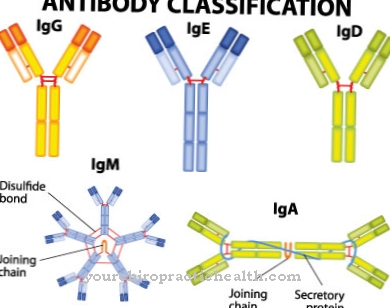

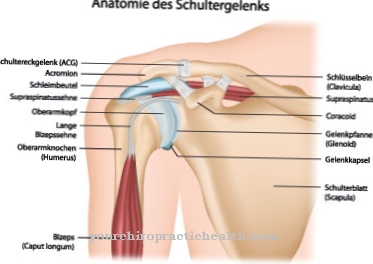
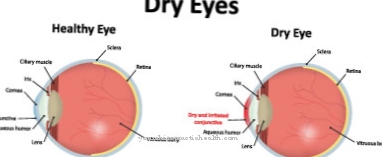
.jpg)
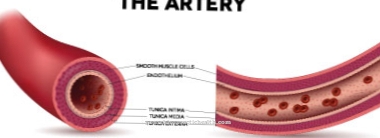

.jpg)
